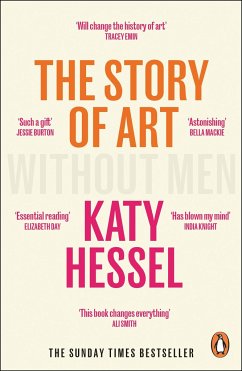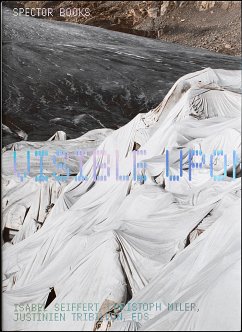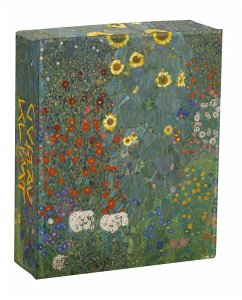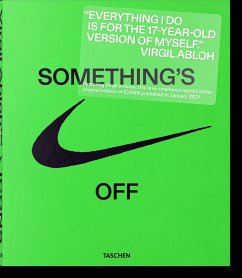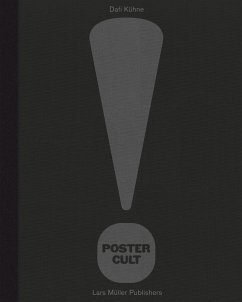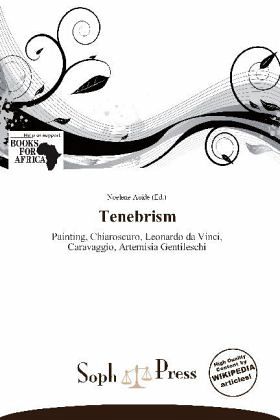
Tenebrism
Painting, Chiaroscuro, Leonardo da Vinci, Caravaggio, Artemisia Gentileschi
Herausgegeben: Aoide, Noelene
Versandkostenfrei!
Versandfertig in 6-10 Tagen
35,99 €
inkl. MwSt.

PAYBACK Punkte
18 °P sammeln!
Please note that the content of this book primarily consists of articles available from Wikipedia or other free sources online. Tenebrism, from the Italian tenebroso (murky), (also called dramatic illumination) is a style of painting using very pronounced chiaroscuro, where there are violent contrasts of light and dark, and darkness becomes a dominating feature of the image. Da Vinci is generally credited with the invention of the style, but the term "Tenebrist" is more likely to be applied to later painters under his influence. However, Caravaggio, a Baroque artist, is so closely associated w...
Please note that the content of this book primarily consists of articles available from Wikipedia or other free sources online. Tenebrism, from the Italian tenebroso (murky), (also called dramatic illumination) is a style of painting using very pronounced chiaroscuro, where there are violent contrasts of light and dark, and darkness becomes a dominating feature of the image. Da Vinci is generally credited with the invention of the style, but the term "Tenebrist" is more likely to be applied to later painters under his influence. However, Caravaggio, a Baroque artist, is so closely associated with Tenebrism, that the word "Caravaggism" is sometimes applied in an almost synonymous fashion, or the phrase "Caravaggesque tenebrism" is sometimes used. The term is less used by art historians in recent decades, and lacks a clear definition. The word is capitalised by some art historians, and not by others.




